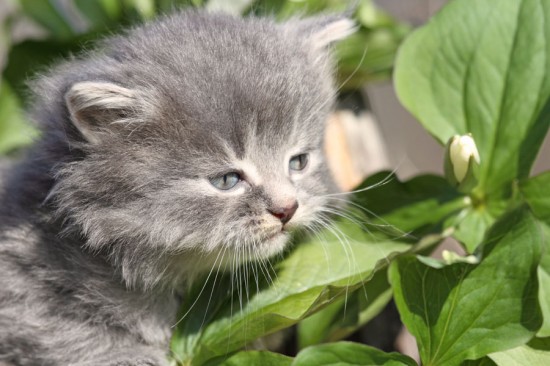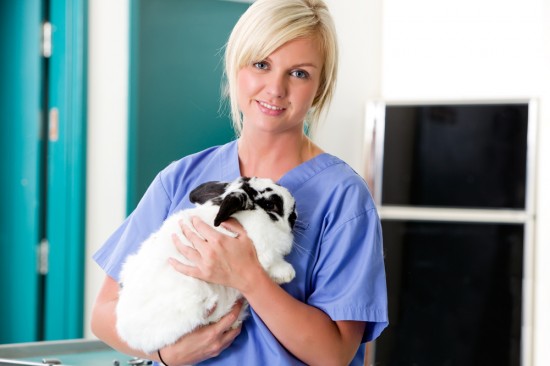As we recently experienced last weekend, Guinea pigs can be durable or easily succumb to disease. How you treat their environment and their alerts of illness will dictate their durability.
Last weekend, we came home from a 2 day trip to find Daisy a bit under the weather. The care giver said she saw nothing unusual. However, Daisy's breath was foul and she looked like she had brown discharge in her mouth. Knowing what to do is always welcome. Long ago we compiled a list of the most obvious causes of illness and tried to discover what was wrong. See if you can diagnose Daisy's problem. She Had No Sneezing, or Discharge of the Nose
Sometimes, your pig may actually develop a sneeze, and the occasional sneeze is not serious. However, if it continues, then it can be a sign of a cold or allergies to bedding. Daisy had no discharge of her nose, nor any sneezing. Her nose was normal, and she used it to sniff as always. If your pet has any sort of discharge around the nose or is rubbing his nose, you need to get it checked out. We did not find anything here.
Coughing
Again, an occasional cough, or little gag like sound can be very normal. Daisy does this often, but Mia never. There seemed to be no change here. Constant coughing can be serious. If your guinea pig is coughing and is accompanied by wheezing, or labored breathing, clean the environment first. If it persists, check with the vet, as your little friend may have an airway or respiratory infection. That did not fit here.
Labored Breathing, or Wheezing of Any Sort
This can be very serious, and is most often a sign of a respiratory infection. Treatment occurs much like a human, with early recognition and even occasional change of environment. Bedding that is not straw or shaved paper, our favorite, can have a dander that actually makes recovery slower. Additionally medicine is sometimes needed to treat these serious issues. Daisy had no labored breathing or trouble with wheezing. In fact, she seemed very curious why we were examining her so much, and looking at her face so closely.
Scratching
Excessive scratching is normally a sign of parasites or a fungal infection. Change the bedding, consider using a fungicide on the cage and clean your pet with a brush, shampoo and a good drying down. Daisy had no excessive scratching that we could see.
Milky-White Urine, Pink Urine or Sludge-y Bladder or Diarrhea
Normally, your animal may have a slightly milky color to her urine. I rarely can see it, but if the consistency becomes more than normal thickness this can be a suggestion of chemical imbalance in your friend. You may need to place your pig on a vitamin for a period of time, and a check up is in order.
Any discoloration that is pink or red is a serious problem and you need to immediately consult with a vet. Typically redness in urine indicates bleeding. Additionally if their stool is soft, your little friend may become dehydrated. Guinea Pigs have similar body functions and controls to humans. Diarrhea may not be serious or even require a vet visit unless it persists. Since they are proficient little poop machines, you should see a change fairly quickly from loose to firm. Otherwise consider a visit.
Fortunately Daisy had none of these symptoms either.
We covered a lot, so what is this Daisy?
After our initial assessment, we decided that there were a number of good signs. First, in review, she had no nasal or facial issues. Her intestinal process was okay. She was not laboring when breathing and seemed a little mopey but overall still active. There was no concern about her cage, as the care giver in our absence admitted that she was not asked to clean the cage and so she did not.
Undaunted, we decided to pull her out of the cage, and put her in a paper covered area of ?hour and see if her condition revealed itself. In the mean time, we cleaned her cage as it had been 3 days anyway.
At the bottom of the cage, under all the bedding, guess what we found, an old piece of apple. It had brown on it and had been there for at least a day maybe more. It was soft and almost rotted. Coincidentally, it matched the brown color and smell of daisy's breath and mouth discharge.
Our Daisy had apparently decided to hide this morsel for a day or so, and when we got home in her anxiousness to celebrate, pulled out and ate some of this apple.
When my Wife picked her up shortly after, the brown stuff was apparent. A quick clean of the cage, and two or three pieces of celery and cilantro, and Daisy was smelling and acting as normal as ever.
With a little effort and detective like observation, we saved ourselves a trip to the vet. But during those first few minutes I sure was glad I had a list of things to look for. This is not our first guinea pig, like many of you, so I can imagine the concern you may have. Hope you enjoyed my real life story and find this checklist worth your time in the future.

 Get the Best Chicken Runs to Maintain a Healthy and Fit Flock
Get the Best Chicken Runs to Maintain a Healthy and Fit Fl
Get the Best Chicken Runs to Maintain a Healthy and Fit Flock
Get the Best Chicken Runs to Maintain a Healthy and Fit Fl
 Cats And Poisonous Plants
Cats And Poisonou
Cats And Poisonous Plants
Cats And Poisonou
 Spaying Or Neutering Your Pet Rabbit
Spaying Or Neuter
Spaying Or Neutering Your Pet Rabbit
Spaying Or Neuter
 A Short Explanation Of Dog Agility Training Equipment
A Short Explanati
A Short Explanation Of Dog Agility Training Equipment
A Short Explanati
 Prevent Horse Colic And Ulcers With Horse Ulcer Supplements
Prevent Horse Colic And Ulcers With Horse Ulcer Supplement
Prevent Horse Colic And Ulcers With Horse Ulcer Supplements
Prevent Horse Colic And Ulcers With Horse Ulcer Supplement